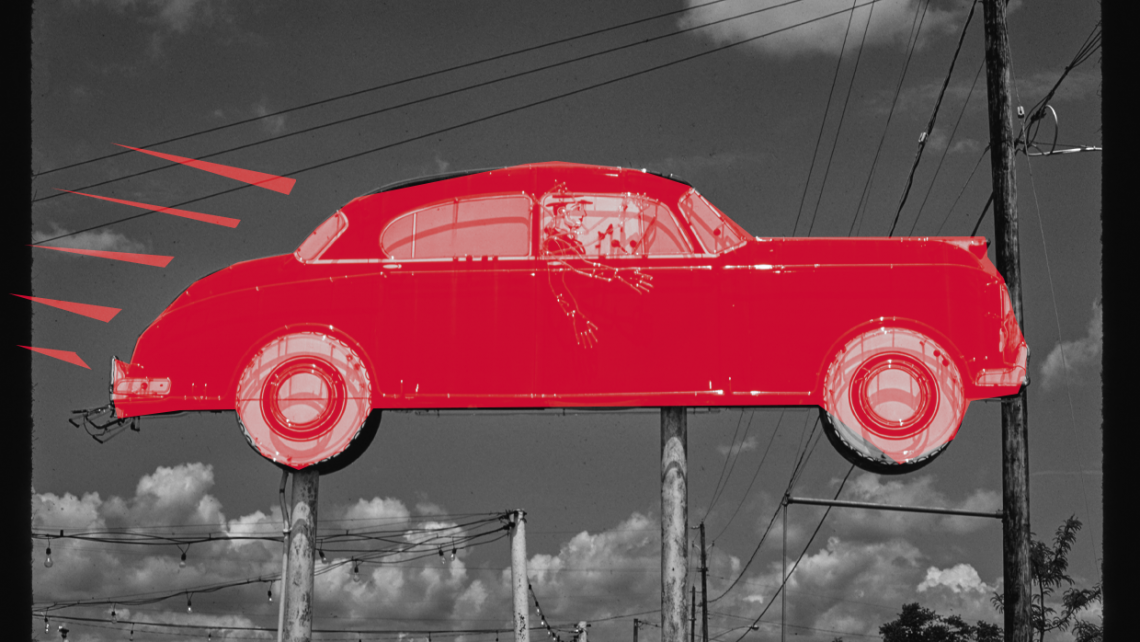Editor’s note: We’re a little behind right now, this article was supposed to go out the second week of the strike. Since then, the situation has changed quite a bit.
When the United Auto Workers allowed the contract between the GM employees they represent and the company to expire three weeks ago, they triggered the largest private-sector work stoppage in the United States in over a decade. Close to fifty-thousand employees over fifty-five plants in nineteen states began striking at 11:59 PM on September 15th, demanding the reopening of shuttered plants, more comprehensive and affordable healthcare, the first across-the-board company-wide raise since 2007.
Late the following night, word began to reach workers on the picket line outside of a parts and service plant in Langhorne, Pennsylvania that their healthcare benefits — which they had already paid through the end of the month — were going to be cut. In a largely unprecedented move, General Motors is forcing its employees to enroll in coverage under COBRA (where former employees temporarily keep their health plans at full cost) funded by the UAW. And while GM management insists employees coverage won’t actually change under their temporary COBRA plans, it’s unclear, at least for some workers, when those benefits will kick in.
In the meantime, workers need to find a way to pay for their healthcare out-of-pocket. All week, stories of Langhorne GM employees and their covered dependents scrambling to cover everything from basic medications to chemo treatments circulated the picket line. One of the shift leaders responsible for organizing the Langhorne demonstrations, a young single father of three, had to receive emergency medical care on Wednesday. Word is workers will be reimbursed at some point, but talks of setting up an emergency medical fund went around the line.
That Wednesday night, temperatures in Langhorne fell below fifty degrees. Workers and supporters huddled around a small fire fueled by salvaged wood from an old pallet, wrapped up in blankets and sharing stories of the job, their families, the upcoming election, what they hope the UAW — whose chief negotiator comes from their small plant of fewer than a hundred employees — can win for them and the other roughly fifty-thousand striking workers. As the workers trade posts when the midnight shift on the picket line began early that Thursday morning, there was more to hear about the devastating effects of the healthcare shuffle. One worker has a chemo treatment that week, and expressed relief that his vital blood pressure medication is filled into October.
Canceling the healthcare coverage of striking workers is more than reckless and morally abhorrent; it illustrates a fundamental defect in capitalism and the system of wage labor. As a strategy, it seems to have backfired; what GM hoped would undermine the strike and prune the desire of workers to carry on a long demonstration has done the opposite. Workers in Langhorne say the move has strengthened their resolve and “pissed them off”. When the strike is over, GM will have to repair the relationship with the employees they left without healthcare, workers whose value to the company is estimated to fall anywhere between fifty-million and close to half-a-billion dollars a day.
The passion and defiance of the Langhorne employees hasn’t wavered, but they all hope to return to the job sooner than later. The two-hundred-and-fifty dollar-a-week stipend they receive from the UAW during the strike isn’t nearly enough to cover basic living expenses, and they all express concern about the prospect of an exceptionally long work stoppage. The single father of three now faced with out-of-pocket healthcare costs, the sixty-nine year-old church organist on the verge of retirement, workers faced with uncertainty over rent, student loans, supporting their families in the short-term all want the plant reopened, to get back to their difficult and demanding posts with GM.
In spite of the increasing pressure, there isn’t one worker ready to concede and allow the union to settle negotiations on unfavorable terms. Through uncertain health, low pay, and dropping temperatures, the Langhorne workers are prepared to keep walking the picket line to ensure they’re building wealth for a company more fair and equitable for them, and for the next generation of General Motors employees.

